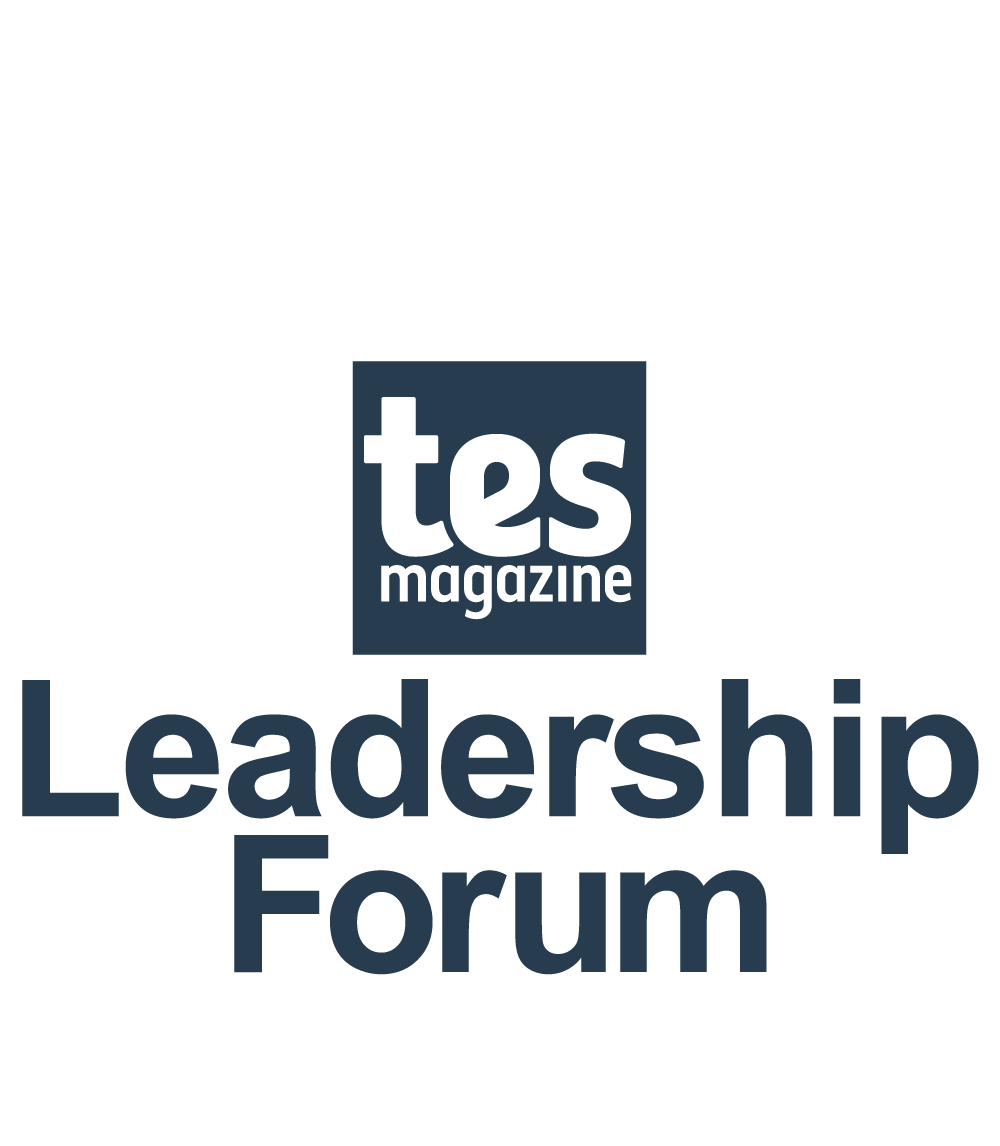
- Home
- Leadership
- Tips & Techniques
- How to ensure openness in trustee boards
How to ensure openness in trustee boards

Boards of trustees need to be able to have difficult, sometimes challenging, conversations in order to do their job well, which means an atmosphere of openness and accountability is essential.Â
The highlights that boards must âmake accountability real, through genuine and open two-way communication that celebrates success and demonstrates willingness to learn from mistakes, helps to build trust and confidence, and earns and maintains legitimacyâ.
But how to create an environment in which trustees feel free to speak their minds and raise their concerns? Experts from the Confederation of School Trusts and Academies for Character and Excellence share their advice.

The expert view
The key to ensuring a culture of openness and transparency begins with relationships, proposes Beth Souster, the governance professional for the Academies for Character and Excellence (ACE) trust.Â
âOur board members have got really, really strong relationships,â she says.
âTheyâve worked together for a long time and theyâve built a really strong board. That means itâs a safe forum where they can have those conversations, feel included and feel involved. They know thereâs never a silly question or a silly challenge - itâs always valued.â
Those relationships extend beyond the board, she explains, to include dialogues with the myriad people involved in the schools, from senior leadership teams to students and families to local officials. Â
âItâs about making sure that all our stakeholders are aware of what weâre doing as a trust and how weâre operating. We have that triangulation of information, which I think is great,â she explains.
âWe engage closely with the dioceses, for example, so although that sometimes does come with its challenges, we have close relationships with them, and we keep them well informed and involved. Thatâs really, really crucial for our schools and for us as a trust as well.â
One of the questions around engaging with stakeholders in this way is about how much to share about the content of board meetings, explains Samira Sadeghi, director of trust governance at the Confederation of School Trusts.Â
âI am constantly asked how much detail should be put out there,â she says. âSome boards will have a confidential version of minutes and a non-confidential version. Itâs really hard for boards because you want to be open and show everyone what youâve been talking about, but you also donât want to put everything out there for everyone to see.â
Such uncensored reporting practices can inadvertently âkill the conversationâ during board meetings, she continues, which can end up being counterproductive. Â
âIf you know every single thing youâre saying is being written down and being reported, youâre going to behave slightly differently. You need to have a space that does feel safe.
âI say to people to do a summary of what theyâre thinking about strategically, rather than the specifics of the conversations. Take specific financial information that youâre discussing: you donât need to put that out publicly. What are the big issues that youâre tackling? Thatâs what you can share more openly.â
It is, Souster continues, always a delicate balancing act around what is shared both within and without the board of trustees.
âWe want to be transparent and open about our conversations, but we want that safe space for trustees to have those conversations. There are some confidential talks that go on at board level that really shouldnât be in the public domain, so itâs finding that happy medium.â
But being open to hearing feedback about what you put out there is also vital, she says.Â
âWe are constantly evolving and changing, and we invite and accept feedback. So if we havenât got things right, weâll hold our hands up and weâll say we need to change it. We want that constructive feedback.â

The view from the ground
Cheryl Weyman, the CEO of ACE, explains that she stepped down as a trustee to better ensure accountability in the role.Â
âI purposely stood down because I didnât feel that the board could hold me to account properly if I was a trustee,â she explains. âI think thatâs really important for transparency and accountability.â
That commitment to openness can lead to some ârobust conversationsâ, she continues, because the board has created a safe environment for people to share their feelings.Â
âIf you work in a psychologically safe organisation, then you should be able to have those kinds of conversations. We get on incredibly well, but itâs not cosy. Roger [Willoughby, chair of the board of trustees] and I have been known to have some real humdingers but thatâs a good thing, because weâre so open. It doesnât affect our relationship, because it isnât about our relationship.âÂ
Her own reporting to the board shifted last year with the move to an âissues-driven agendaâ, she explains.
âThe focus now is âWhat are the issues you are grappling with? What are the burning issues for you?ââ she says. âItâs not about me going, âWeâre doing really wellâ. We are doing well, but the reporting is looking forward to our vision of being an exceptional trust and looking at how weâre getting there and any blocks on the way.â
That, too, requires openness to hearing the thoughts of stakeholders. Weyman gives the example of a staff survey last year in which teaching assistants reported a desire for more professional development, which was subsequently introduced. Likewise, input from staff has recently led to the trust implementing a trial of a nine-day fortnight for teachers. Â
âWe are listening to the feedback we get,â she says. âAnd that feedback, and those presentations that go to the board, are all looked at in terms of the children and their outcomes.âÂ
It is important to be open-minded about such innovations and reflective about when things may not be going well, says Willoughby.Â
âWeâre a very reflective organisation and weâre transparent,â he says. âItâs not that we donât make mistakes, but the mistakes are moments of learning for us. One of our values is integrity and Iâm always talking about our values in meetings. I challenge myself to make sure I mention all our values or bring them into reality in our meetings.â
Another useful approach in board meetings is to dedicate the time to exploring issues raised by the reports and other readings, rather than going over the content again, he says.Â
âI donât say âLetâs go through this paperâ - theyâre all intelligent adults, we assume theyâve read it. So instead itâs about whether there are any strategic challenges, or anything else they want to bring to the board.â
And, he continues, although meeting agendas are now issue driven, each trustee has a âportfolio that they specialise in, that they will do a deep dive onâ.Â
âAnd so that means the challenge for the operational side of the organisation is done in another place. So when we get to the board, all the operational challenges have been done.Â
âBefore we changed to an issue-driven approach, I was struggling to keep the strategic challenges at the forefront of everyoneâs minds. So this has enabled more constructive challenge and constructive support at the strategic level.â
For key school and trust leadership insights delivered every month, sign up for the Tes Leadersâ Briefing newsletter
You need a Tes subscription to read this article
Subscribe now to read this article and get other subscriber-only content:
- Unlimited access to all Tes magazine content
- Exclusive subscriber-only stories
- Award-winning email newsletters
- Unlimited access to all Tes magazine content
- Exclusive subscriber-only stories
- Award-winning email newsletters
You need a subscription to read this article
Subscribe now to read this article and get other subscriber-only content, including:
- Unlimited access to all Tes magazine content
- Exclusive subscriber-only stories
- Award-winning email newsletters
- Unlimited access to all Tes magazine content
- Exclusive subscriber-only stories
- Award-winning email newsletters
topics in this article




